mindmap
root((CSCI 0200))
)**Module 1**(
(Logic)
(Propositional logic)
(Boolean algebra)
(Circuit design)
(Sets)
(Set Operations)
(Logical quantifiers)
)**Module 2**(
(Relations)
(Functions)
(Equivalence Relations)
(Proof Techniques)
(Direct)
(Indirect)
(Contradiction)
(Induction)
(Weak)
(Strong)
)**Module 3**(
(Counting)
(Sum and product principles)
(Permutations and combinations)
(Combinatorial proofs)
(Recurrence Relations)
(Asymptotics)
(Divide and combine)
)**Module 4**(
(Probability)
(Distributions)
(Conditioning)
(Random variables)
(Expectation)
(Graphs)
(Special graphs)
(Trees )
(Cycles)
(Algorithms)
Welcome to CSCI 0200!
Math Foundations of Computing, F23
Department of Computer Science
Middlebury College
Who’s In the Room?
Go to menti.com
Enter code 39 98 51 6
Respond to the first prompt.
Keep the tab open – we’ll come back to it
Soooooo
…a math class
…in the CS department
…?
CS and Math Go Way Back
Ada Lovelace was an English mathematician and author of the first published computer program (1840).
Her program was designed to compute an important sequence of mathematical constants on the “Difference Engine” designed by Charles Babbage.
Babbage never completed his Difference Engine, so Lovelace’s program was never run.
Lovelace described her approach to math as “poetical science.”
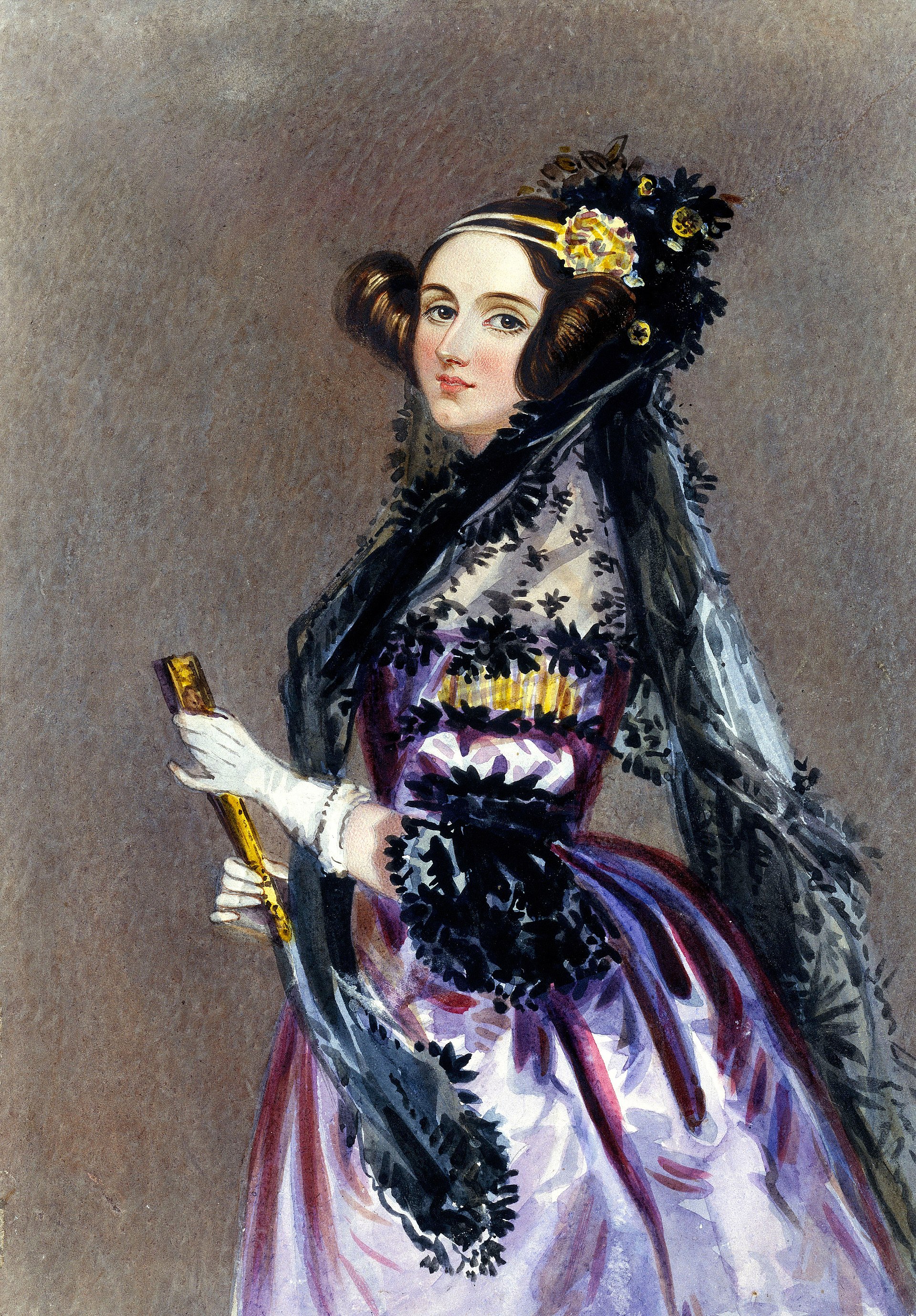
Ada King, Countess of Lovelace. Portrait possibly by Alfred Edward Chalon, image from Wikipedia.
CS and Math Go Way Back
Alan Turing was an English mathematician who played a major role in developing the theory of computer science and AI.
Turing proved that some tasks are impossible for algorithms to perform, no matter how powerful or clever they are.
The “Nobel Prize in Computer Science” is named the Turing Award.
Turing was chemically castrated as a punishment for homosexuality in 1953. The UK managed to apologize for this in…2009.
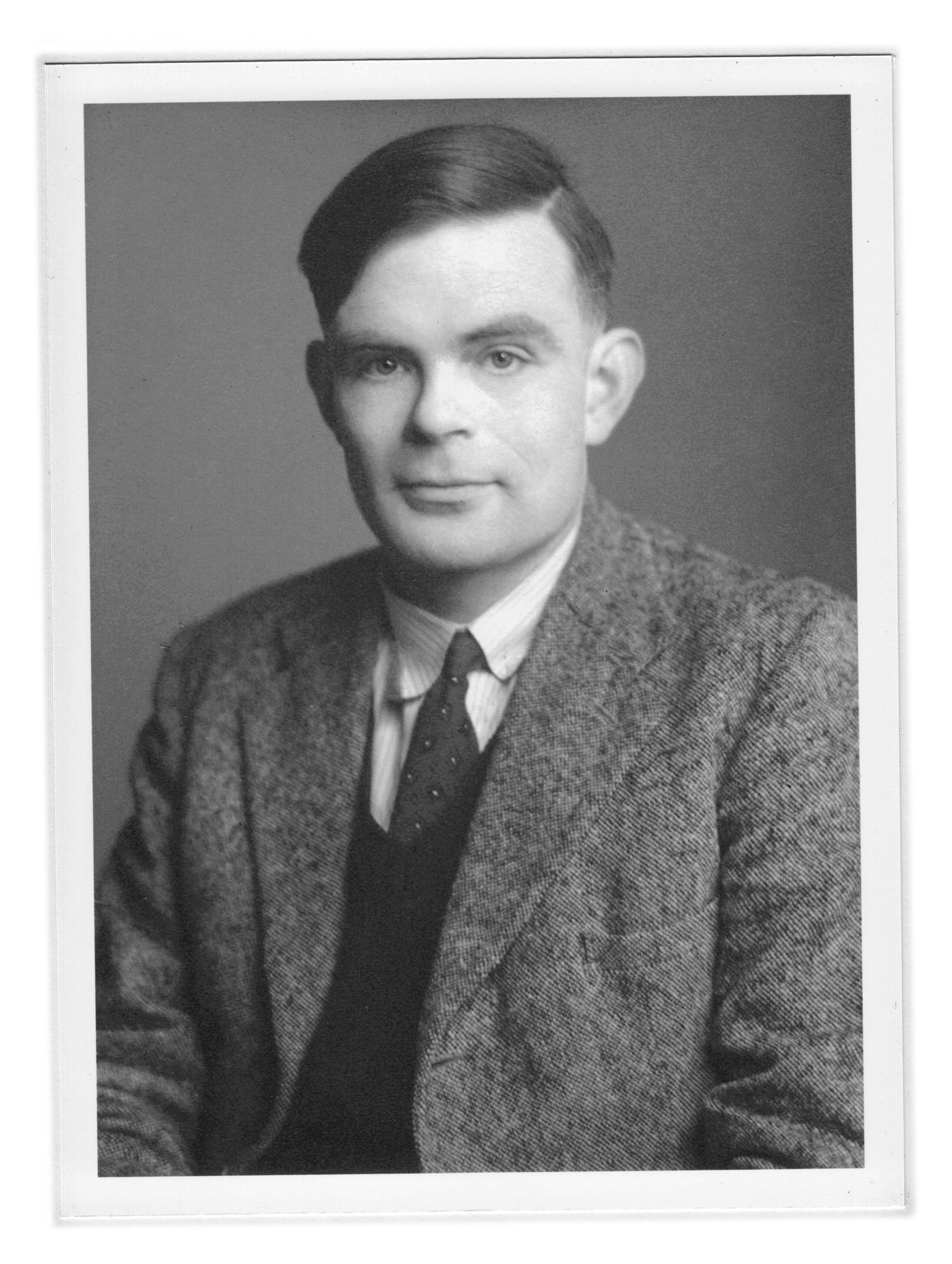
CS and Math Go Way Back
John von Neumann was a Hungarian mathematician who guided the development of the first digital computers.
The “von Neumann architecture” remains the high-level architectural basis of the design of modern computers.
If you’re wondering what the first digital computers were used for, watch Oppenheimer. 😬😬😬
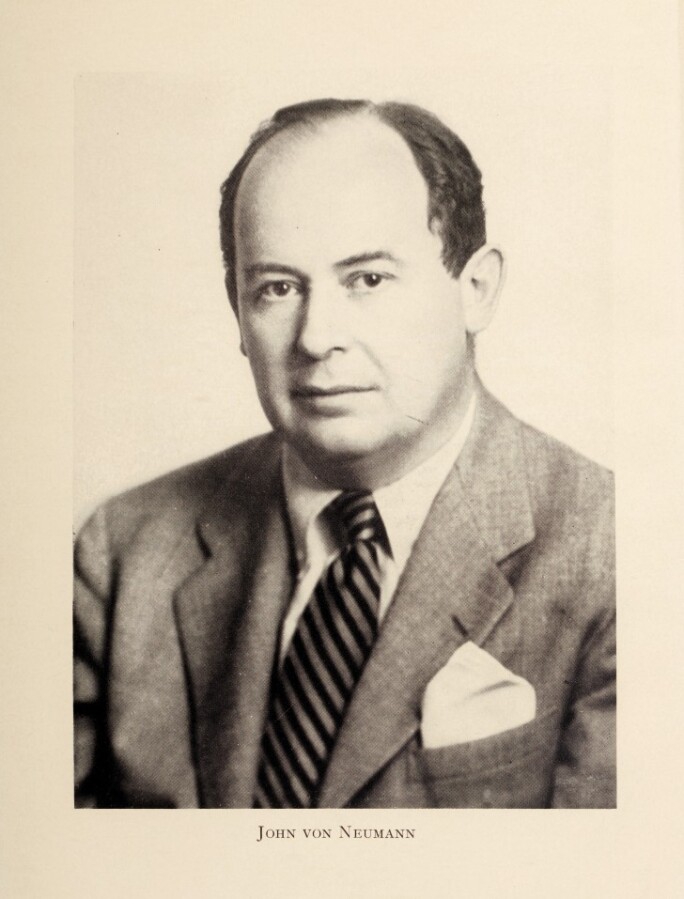
Ok, but…
…what is mathematics?
Mathematics is the heart of AI and data science

Brin, Sergey. “The PageRank citation ranking: bringing order to the web.” Proceedings of ASIS, 1998 98 (1998): 161-172.
Mathematics is the heart of machine learning
Support Vector Machine (SVM) is an algorithm for classifying data into groups based on past observations.
Deisenroth, Faisal, and Ong (2020). Mathematics for Machine Learning
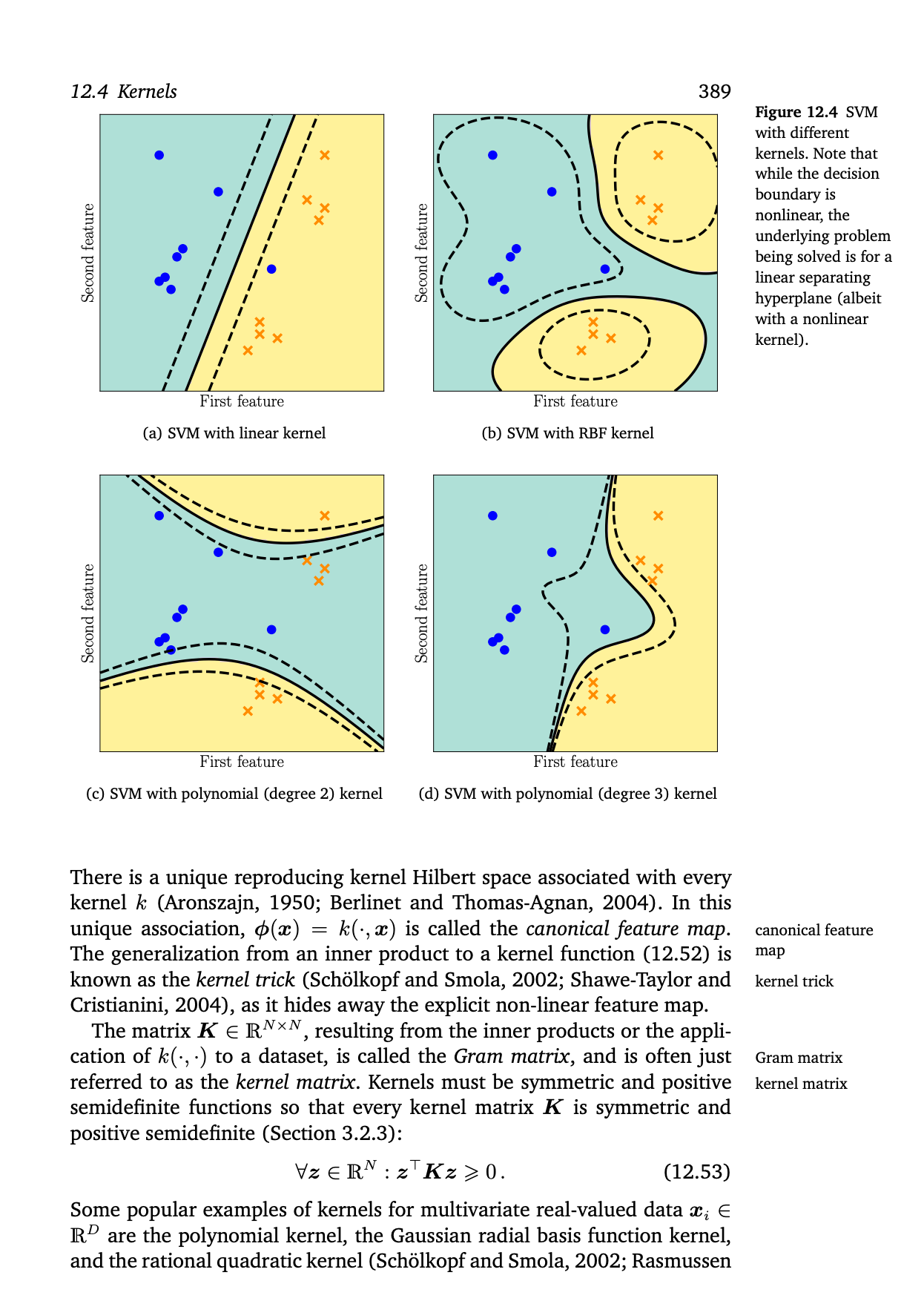
Mathematics is the heart of algorithmic problem-solving
Dijkstra’s algorithm finds shortest paths between points in a graph.
(Used for e.g. vehicle routing)
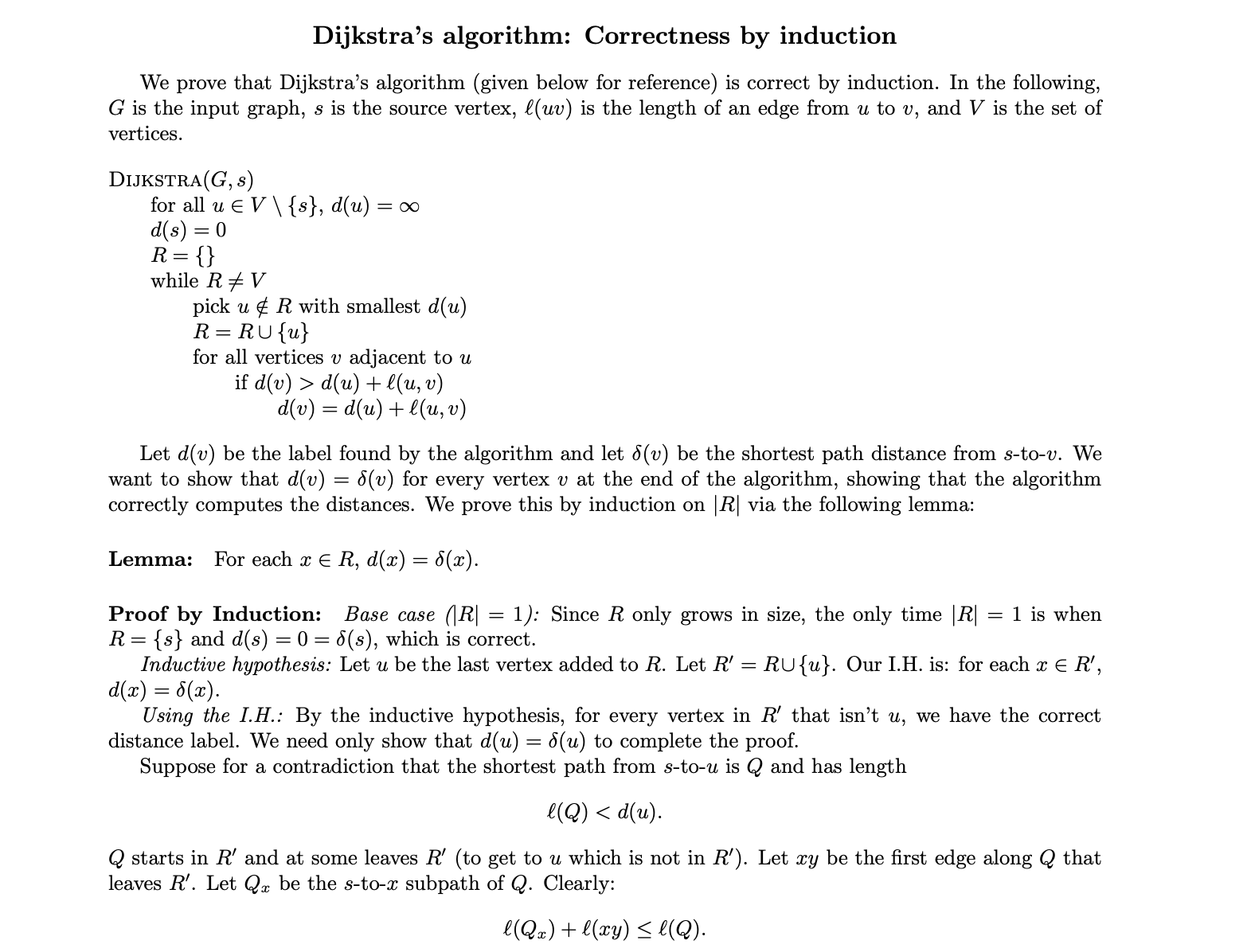
Math Foundations: What You Need Now To Do All That Stuff Later
Math and Us
Respond to the second prompt on the Menti poll.
If you closed the tab, go to menti.com and enter code 39 98 51 6.
In This Class, You Will…
…build a mathematical toolbox for reasoning theoretically about data structures, algorithms, and the world around you.
…test mathematical theory against computational experiments.
…cultivate a joyful relationship with the practice of mathematics.
The Big Picture
Your Affinity Vegetable
1. Split into teams
2. Go around and share your name and:
If you were a vegetable, which vegetable would you be and why?
Your Affinity Vegetable
3. Team leader: lead your team in finding a delicious dish that incorporates all of your vegetables.
Be ready to share!
In a flipped classroom, you complete readings and watch lectures before our scheduled class time.
Mondays and Wednesdays
Before Each Class (1.5-2 hrs)
- Prep: Videos and readings
- Warmups: practice problems, graded on completion
In Class (1 hr)
- Questions
- Group work
- Activities
- Additional topics, demonstrations, etc.
Friday Labs
- 7 total throughout the semester
- Start in class with assigned groups
- Finish as homework and submit a week later
Assessment
Assessed as Excellent (E), Meets Expectations (M), Needs Revision (R), or Not Complete (N). You want Es and Ms.
Revision
You can revise and resubmit your labs after your first assessment in order to achieve a higher assessment.
Quizzes
- 4 total, on Fridays
- Timed for 45 minutes (contact me with DRC letters!!)
Learning Targets
- We have 12 Learning Targets related to core course competencies.
- You’ll have multiple opportunities to complete each Learning Target, but you only need to do it once.
- 3 targets are added on each quiz, but you only need to attempt ones you haven’t already gotten.
Final Exam
Includes opportunities to complete all 12 learning targets, with 3 hours.
A Typical 3-Week Module
gantt
title A CSCI 0200 Module
axisFormat %A
tickInterval 1day
section Week A
Prep, warmup :active, a1, 2014-01-06, 1d
Class :2014-01-06, 1d
Prep, warmup :active, a2, 2014-01-08, 1d
Class :2014-01-08, 1d
Prep, warmup :active, a1, 2014-01-10, 1d
Lab A :a3, 2014-01-10, 1d
section Week B
Prep, warmup :active, a1, 2014-01-06, 1d
Class :2014-01-06, 1d
Prep, warmup :active, a2, 2014-01-08, 1d
Class :2014-01-08, 1d
Prep, warmup :active, a1, 2014-01-10, 1d
Lab B :a3, 2014-01-10, 1d
Lab A due :done, b3, 2014-01-10, 1d
section Week C
Prep, warmup :active, b1, 2014-01-06, 1d
Class :2014-01-06, 1d
Prep, warmup :active, b2, 2014-01-08, 1d
Class :2014-01-08, 1d
Lab B due :done, b3, 2014-01-10, 1d
Quiz :crit, done, c3, 2014-01-10, 1d
Final Grade
| Tier | Learning Targets | Labs |
|---|---|---|
| A | ▢ ▢ ▢ | E: ▢ ▢ ▢ ▢ M or E: ▢ ▢ ▢ |
| B | ▢ ▢ | E: ▢ ▢ M or E: ▢ ▢ ▢ ▢ ▢ |
| C | ▢ ▢ ▢ ▢ ▢ ▢ | M or E: ▢ ▢ ▢ ▢ ▢ R, M, or E: ▢ ▢ |
Missing many warmups results in a penalty to your final grade.
Support Resources
Academic support
- Student Hours are your time: come talk to me about anything! Mondays 2pm-4pm, Thursdays 3pm-4pm.
- Evening Peer Help, hours TBD.
- Our Assistant in Instruction Smith Gakuya holds Student Hours for CSCI 0200.
- Online Q&A forum.
Clearing barriers to learning
- The DRC can help you obtain a letter of accommodation for timed assessments.
- Legally, I need your letter in order to offer you accommodations.
Classroom Environment
Inclusion, access, and participation are collective projects.
- Discrimination is unjust and it sucks. Don’t do it.
- Address people respectfully — chosen names and pronouns.
- Don’t leave each other behind in group work.
- Bragging about something being easy just makes the people around you feel bad.
- Are you fast at the material? Cool. Use your ability to support the learning of the people around you.
I am a mandatory reporter of potential incidents of sexual violence or harassment. There is a link to some confidential resources on the syllabus.
For Wednesday
Entrance Survey: tell me about yourself and help me find your teammates for lab.
Math autobiography: your history as a learner and user of mathematics.
These assignments are on Canvas.